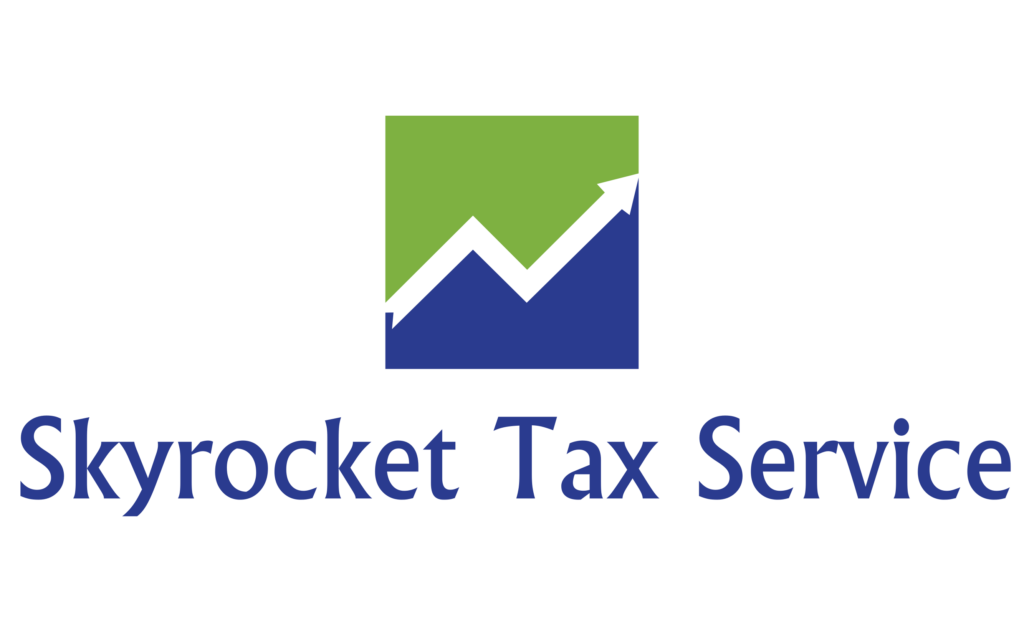Your home is one of your most valuable investments, but many homeowners unknowingly leave themselves vulnerable by underinsuring their property. Studies show that nearly 60% of homes in the U.S. are underinsured, leaving homeowners at risk of significant financial loss. Insufficient coverage can lead to financial strain and unexpected hardships in the event of a disaster. Understanding the risks of underinsuring your home can help you make informed decisions to protect your investment.
What is Underinsurance?
Underinsurance occurs when your home insurance policy does not provide enough coverage to fully repair or rebuild your home after a loss. This can happen due to:
- Rising construction costs
- Inaccurate property valuations
- Policy exclusions and limitations
- Failure to update coverage as home value increases
Risks of Underinsuring Your Home
Consider the case of a homeowner in Florida who experienced significant hurricane damage but was underinsured due to outdated coverage. They were forced to take out loans to cover repair costs, leading to financial hardship and stress. Understanding the potential risks of underinsurance is crucial to avoid such scenarios.
Financial Hardship
If your insurance coverage falls short, you may have to cover repair or rebuilding costs out of pocket, potentially resulting in significant financial strain.
Incomplete Repairs
Underinsurance can force homeowners to opt for partial repairs, which may leave the home unsafe or reduce its market value.
Increased Debt
To cover the gap in coverage, homeowners may need to take on loans or deplete savings, impacting long-term financial stability.
Limited Recovery After Disaster
Natural disasters such as floods, fires, and storms can leave you with substantial expenses that insurance might not fully cover, delaying recovery efforts.
How to Ensure Proper Home Insurance Coverage
Assess Your Coverage Needs Regularly
Conduct an annual review of your home insurance policy to ensure it reflects current property values and potential risks. Working with a professional insurance advisor can provide valuable insights and help identify any coverage gaps that may leave you vulnerable.
Conduct an annual review of your home insurance policy to ensure it reflects current property values and potential risks.
Consider Replacement Cost Coverage
Opt for replacement cost coverage rather than actual cash value to ensure you can rebuild your home without depreciation deductions.
Update Your Policy After Renovations
Any home improvement or renovation can increase the value of your property, requiring an update to your insurance policy.
Work with an Insurance Expert
A professional insurance agent can help you tailor a policy that meets your specific needs and provides adequate protection.
Common Misconceptions About Home Insurance Coverage
“Market Value Equals Replacement Cost”
The market value of your home includes land value, but insurance should cover rebuilding costs only. Replacement cost is calculated based on current construction costs, including materials and labor, to rebuild your home to its original condition. It does not take into account the land value, real estate market fluctuations, or depreciation, ensuring that you have adequate funds to restore your home after a covered loss.
The market value of your home includes land value, but insurance should cover rebuilding costs only.
“Standard Policies Cover Everything”
Many standard policies exclude certain perils such as floods or earthquakes, requiring additional coverage.
“Minimal Coverage Saves Money”
Cutting corners on insurance might save on premiums, but it can lead to significant financial losses in the long run.
Steps to Take Today
- Review your current policy for coverage limits and exclusions.
- Get a professional home appraisal to assess its true value.
- Consult an insurance professional to adjust your coverage.
For expert guidance, contact us today to speak with an insurance professional who can help identify coverage gaps and provide customized solutions tailored to your specific needs.
Conclusion
Avoid the costly mistakes of underinsuring your home by reviewing your policy regularly and making necessary updates. Taking proactive steps now can safeguard your home and financial future.

